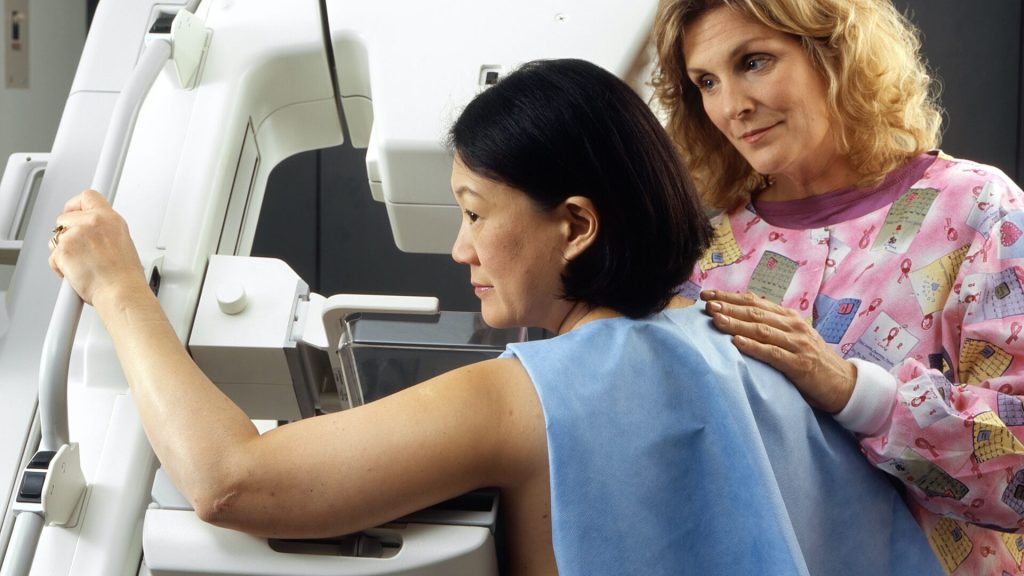Daily Statin Reduces Risk of Major Cardiovascular Events in People Living with HIV

A new study published in the New England Journal of Medicine found that statins, a class of cholesterol-lowering medications, may offset the high risk of cardiovascular disease in people living with HIV by more than a third, potentially preventing one in five major cardiovascular events or premature deaths in this population. People living with HIV can have a 50–100% increased risk for cardiovascular disease.
“This research suggests that statins may provide an accessible, cost-effective measure to improve the cardiovascular health and quality of life for people living with HIV,” said Gary H. Gibbons, MD, director of the National Heart, Lung, and Blood Institute (NHLBI), a study funder. “Additional research can further expand on this effect, while providing a roadmap to rapidly translate research findings into clinical practice.”
For the double-blinded phase 3 trial, known as Randomised Trial to Prevent Vascular Events in HIV (REPRIEVE) study, researchers randomised participants into either a treatment group, where they received pitavastatin calcium daily or a control group receiving placebo. The researchers followed participants for about five years, but ended the trial early when they discovered the treatment benefits outweighed potential risks.
To understand the benefits, the researchers compared how often participants in each group experienced major cardiovascular events, including heart attacks, strokes, or surgery to open a blocked artery. They found participants who took daily pitavastatin had 35% fewer major cardiovascular events than those who took a placebo. The researchers also measured the number of deaths in combination with major cardiovascular events during the study period and found participants in the treatment group were 21% less likely than those in the placebo group to experience these events. Additionally, those taking pitavastatin had a 30% reduction in their low-density lipoprotein (LDL) cholesterol levels.
“Lowering LDL cholesterol levels reduces risks for cardiovascular events, like having a heart attack and stroke, but these findings suggest there may be additional effects of statin therapy that explain these reduced risks among people living with HIV,” said Steven K. Grinspoon, MD, the study chair. “Ongoing research about how statin therapy may affect inflammation and increased immune activation among people with HIV may help us better understand the additional benefits we’re seeing with this treatment approach.”
To support optimal health outcomes among the study participants, normal liver and kidney function were an enrolment criteria. They were also required to take antiretroviral therapy, which itself is critical to reducing the risk of HIV complications and related comorbidities, including cardiovascular disease.
Beginning in 2015, REPRIEVE enrolled 7769 adults, ages 40–75, from 145 sites in 12 countries. Adults in the study were an average age of 50 and had low-to-moderate risks for cardiovascular disease, which meant they normally would not have been prescribed statins. Women accounted for 31% of participants. Approximately 41% of study participants identified as Black, 35% as white, 15% as Asian, and 9% as another race.
Source: National Insitutes of Health










